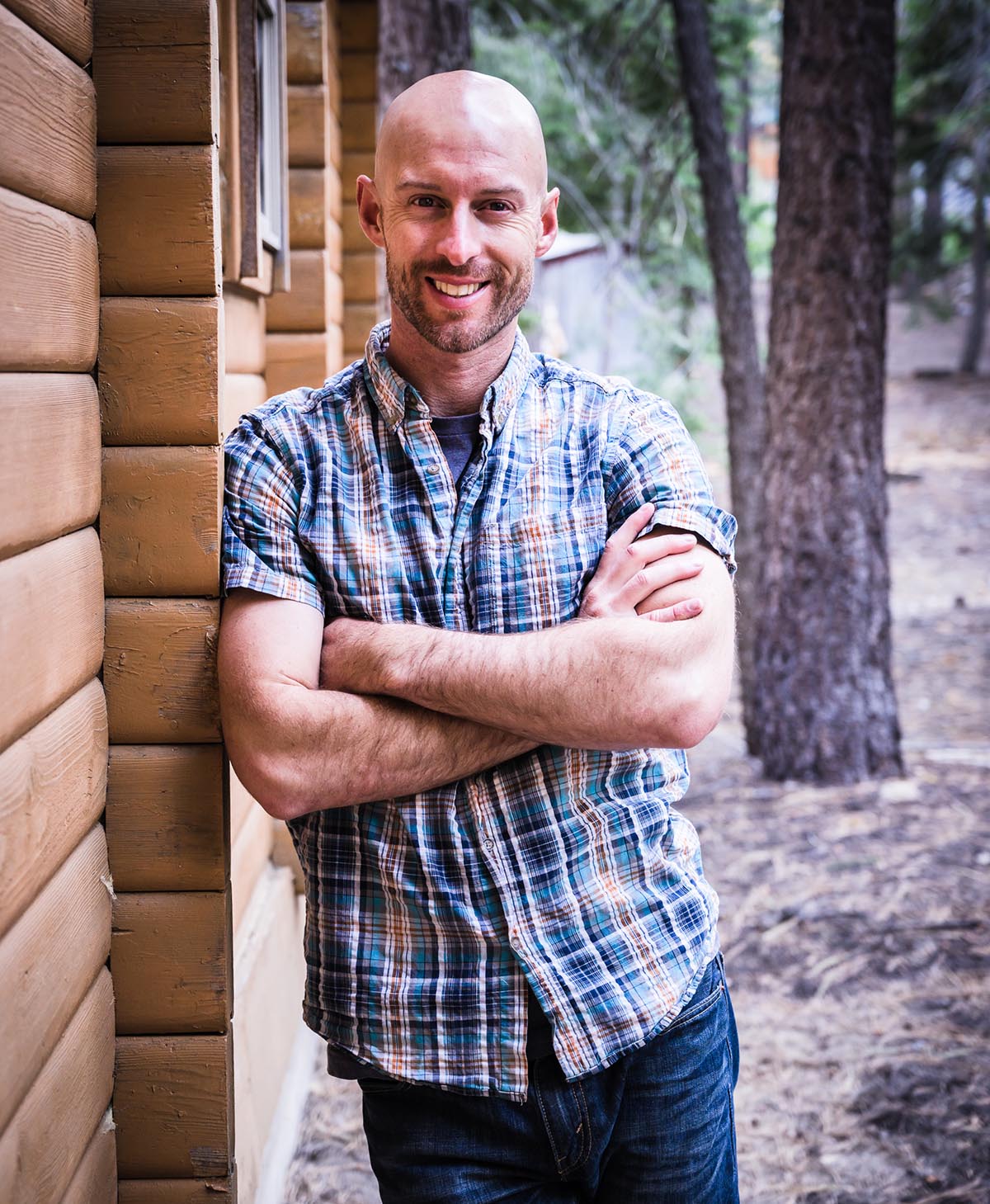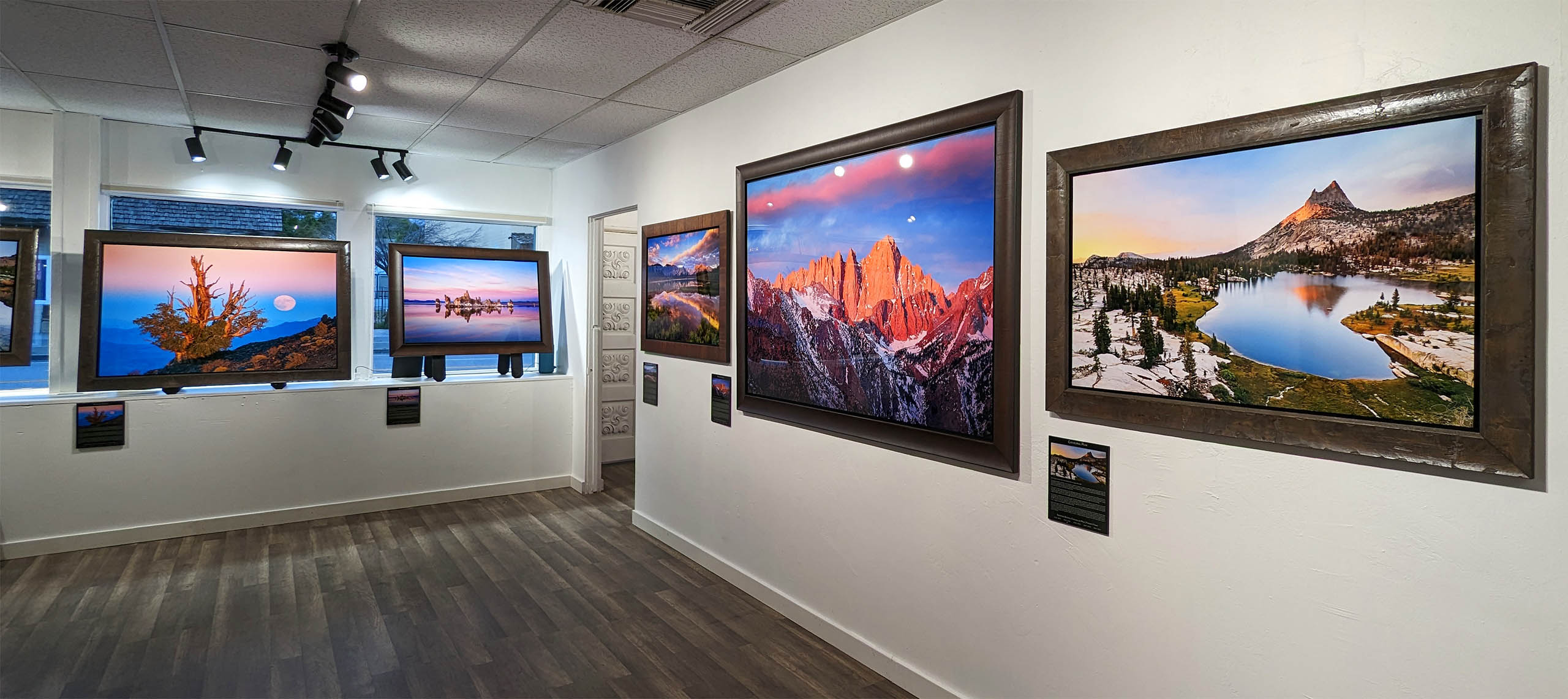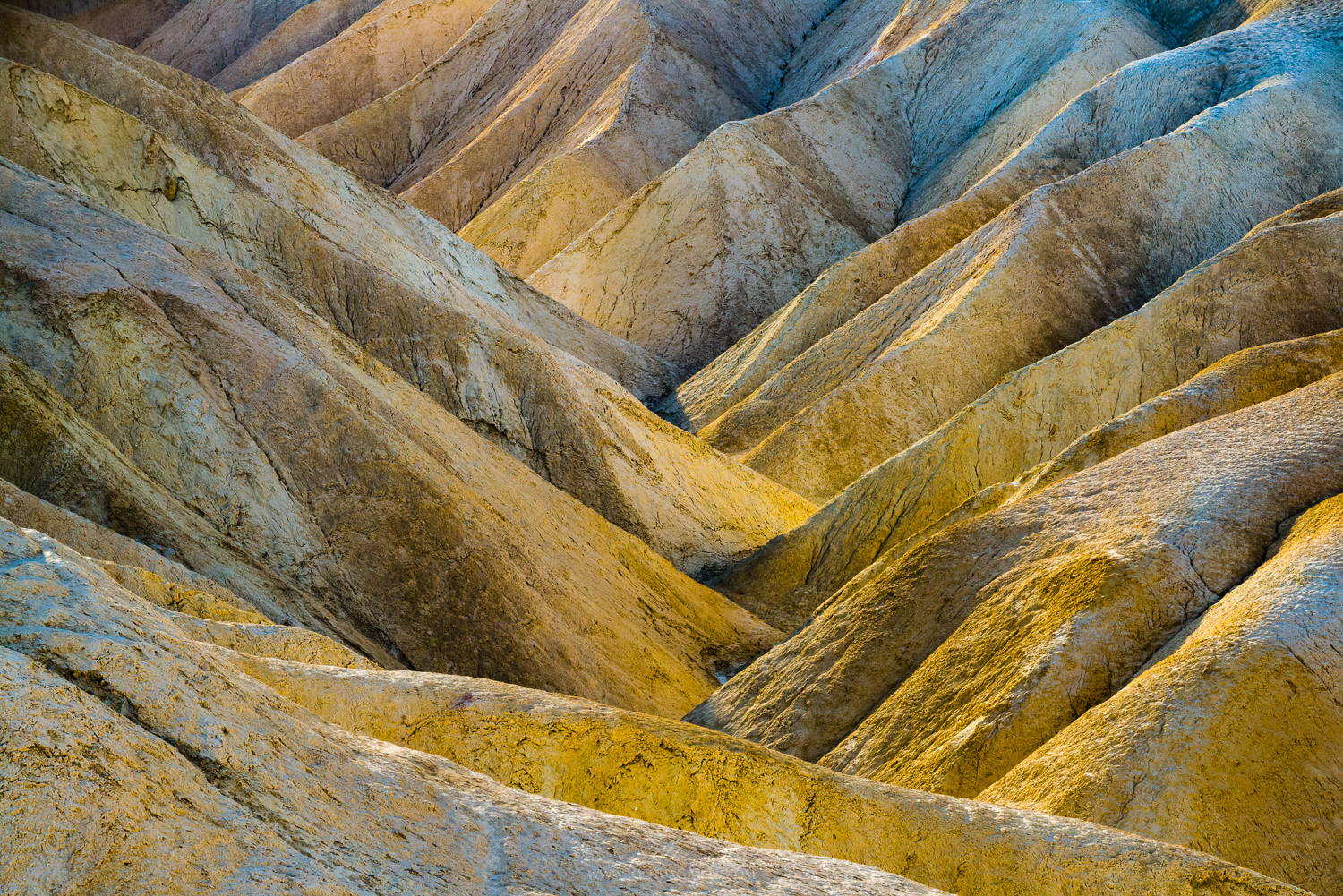
[av_heading heading=’Corrugation’ tag=’h3′ style=’blockquote classic-quote’ size=” subheading_active=” subheading_size=’15’ padding=’10’ color=” custom_font=” av-medium-font-size-title=” av-small-font-size-title=” av-mini-font-size-title=” av-medium-font-size=” av-small-font-size=” av-mini-font-size=” admin_preview_bg=”][/av_heading] [av_textblock size=” font_color=” color=” av-medium-font-size=” av-small-font-size=” av-mini-font-size=” admin_preview_bg=”] [/av_textblock] [av_two_third first min_height=” vertical_alignment=” space=” custom_margin=” margin=’0px’ padding=’0px’ border=” border_color=” radius=’0px’ background_color=” src=” background_position=’top left’ background_repeat=’no-repeat’ animation=” mobile_display=”] [av_heading tag=’h3′ padding=’10’ heading=’Behind the Scenes of this Photo’ color=” […]
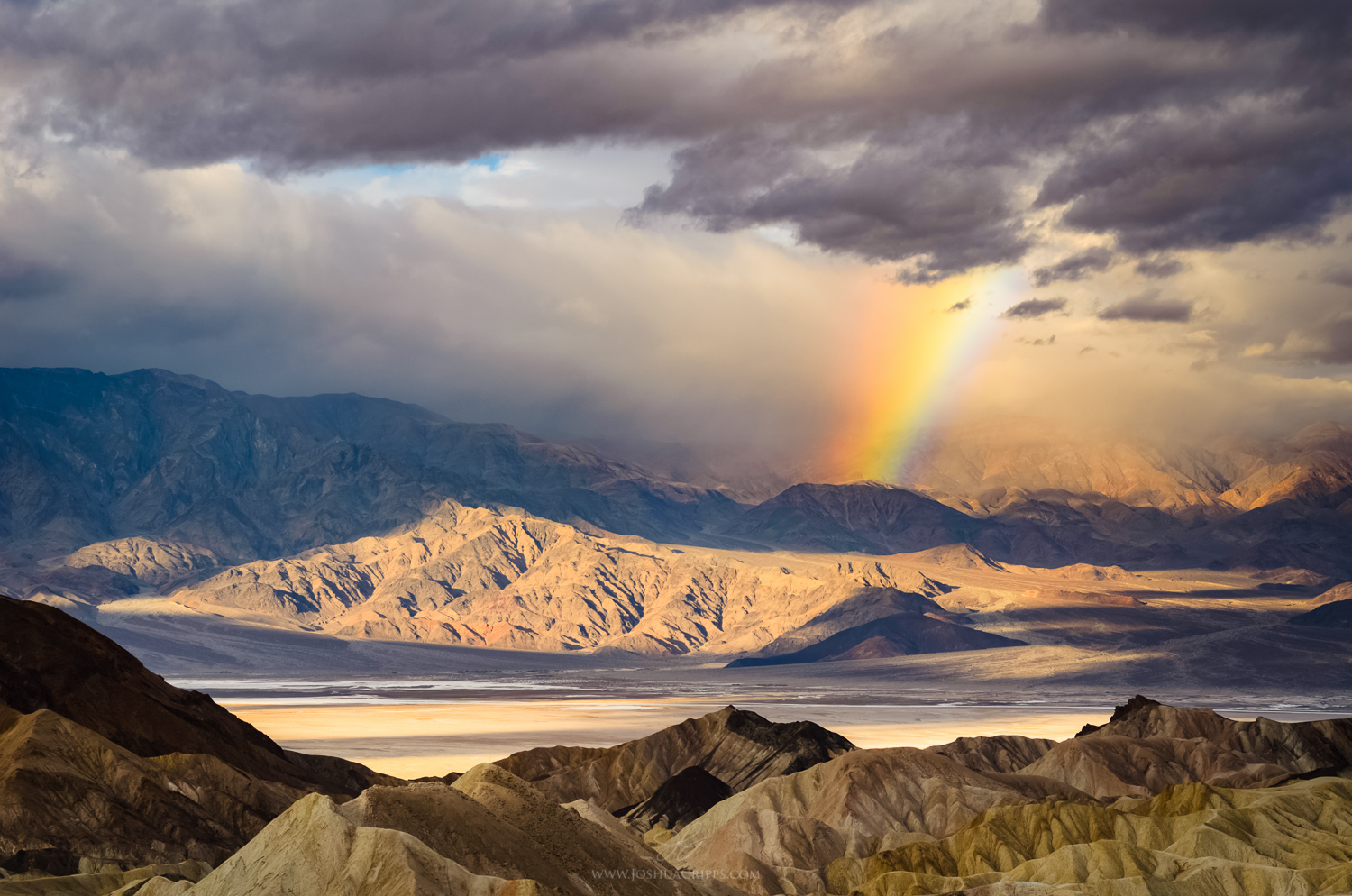
[av_heading tag=’h3′ padding=’10’ heading=’Pot O’ Golden Sand’ color=” style=’blockquote classic-quote’ custom_font=” size=” subheading_active=” subheading_size=’15’ custom_class=” admin_preview_bg=” av-desktop-hide=” av-medium-hide=” av-small-hide=” av-mini-hide=” av-medium-font-size-title=” av-small-font-size-title=” av-mini-font-size-title=” av-medium-font-size=” av-small-font-size=” av-mini-font-size=”][/av_heading] [av_textblock size=” font_color=” color=” admin_preview_bg=”] [/av_textblock] [av_two_third first min_height=” vertical_alignment=” space=” custom_margin=” margin=’0px’ padding=’0px’ border=” border_color=” radius=’0px’ background_color=” src=” background_position=’top left’ background_repeat=’no-repeat’ animation=” mobile_display=”] [av_heading tag=’h3′ padding=’10’ heading=’Behind the […]
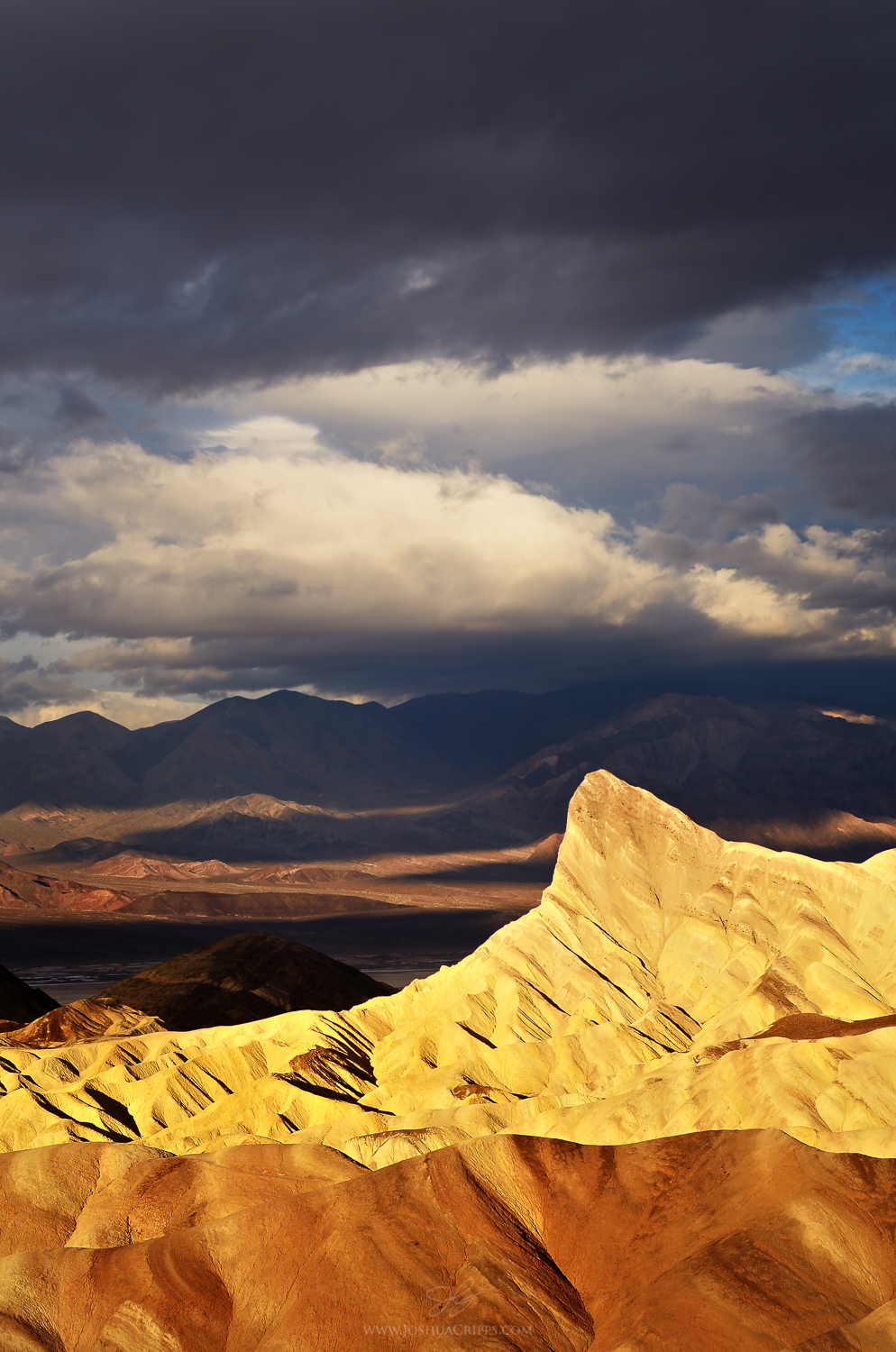
[av_heading tag=’h3′ padding=’10’ heading=’Zebra-skie Point’ color=” style=’blockquote classic-quote’ custom_font=” size=” subheading_active=” subheading_size=’15’ custom_class=” admin_preview_bg=” av-desktop-hide=” av-medium-hide=” av-small-hide=” av-mini-hide=” av-medium-font-size-title=” av-small-font-size-title=” av-mini-font-size-title=” av-medium-font-size=” av-small-font-size=” av-mini-font-size=”][/av_heading] [av_textblock size=” font_color=” color=” admin_preview_bg=”] [/av_textblock] [av_two_third first min_height=” vertical_alignment=” space=” custom_margin=” margin=’0px’ padding=’0px’ border=” border_color=” radius=’0px’ background_color=” src=” background_position=’top left’ background_repeat=’no-repeat’ animation=” mobile_display=”] [av_heading tag=’h3′ padding=’10’ heading=’Behind the Scenes of […]
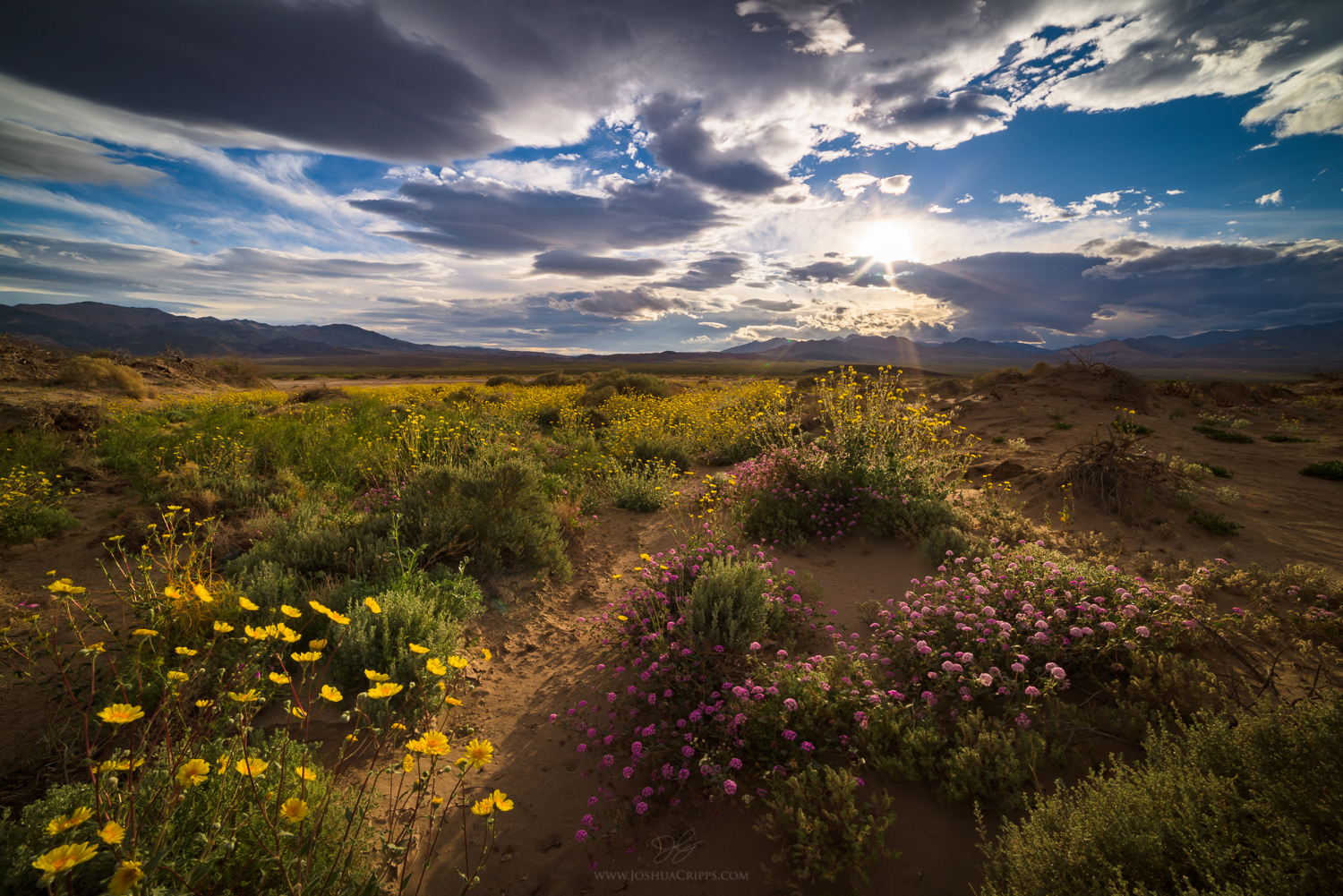
[av_heading tag=’h3′ padding=’10’ heading=’Burst of Life’ color=” style=’blockquote classic-quote’ custom_font=” size=” subheading_active=” subheading_size=’15’ custom_class=” admin_preview_bg=” av-desktop-hide=” av-medium-hide=” av-small-hide=” av-mini-hide=” av-medium-font-size-title=” av-small-font-size-title=” av-mini-font-size-title=” av-medium-font-size=” av-small-font-size=” av-mini-font-size=”][/av_heading] [av_textblock size=” font_color=” color=” admin_preview_bg=”] [/av_textblock] [av_textblock size=” font_color=” color=” admin_preview_bg=”][/av_textblock] [av_two_third first min_height=” vertical_alignment=” space=” custom_margin=” margin=’0px’ padding=’0px’ border=” border_color=” radius=’0px’ background_color=” src=” background_position=’top left’ background_repeat=’no-repeat’ animation=” mobile_display=”] [av_heading […]
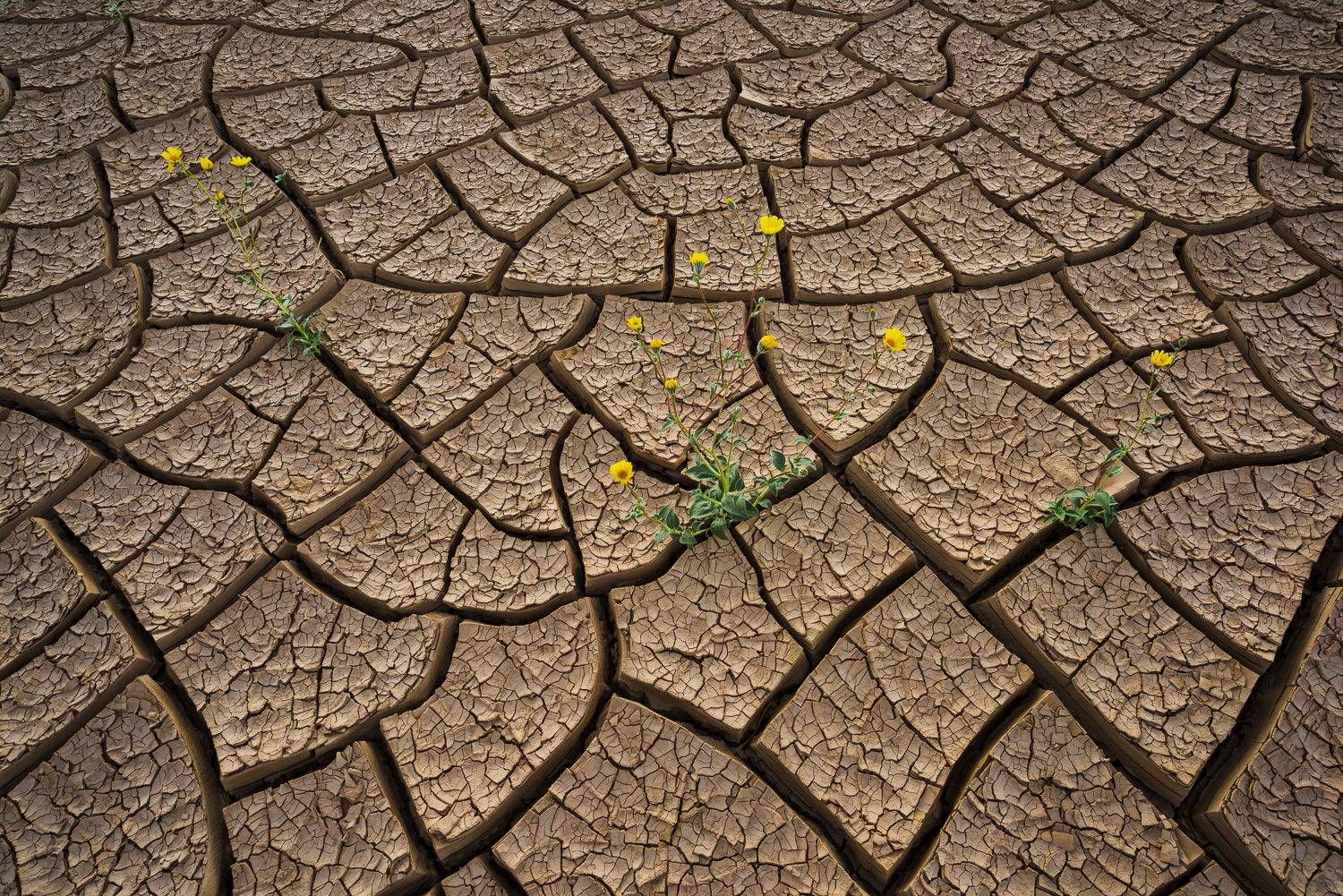
[av_heading tag=’h3′ padding=’10’ heading=’Hospitable’ color=” style=’blockquote classic-quote’ custom_font=” size=” subheading_active=” subheading_size=’15’ custom_class=” admin_preview_bg=” av-desktop-hide=” av-medium-hide=” av-small-hide=” av-mini-hide=” av-medium-font-size-title=” av-small-font-size-title=” av-mini-font-size-title=” av-medium-font-size=” av-small-font-size=” av-mini-font-size=”][/av_heading] [av_textblock size=” font_color=” color=” admin_preview_bg=”] [/av_textblock] [av_textblock size=” font_color=” color=” admin_preview_bg=”][/av_textblock] [av_two_third first min_height=” vertical_alignment=” space=” custom_margin=” margin=’0px’ padding=’0px’ border=” border_color=” radius=’0px’ background_color=” src=” background_position=’top left’ background_repeat=’no-repeat’ animation=” mobile_display=”] [av_heading tag=’h3′ padding=’10’ […]
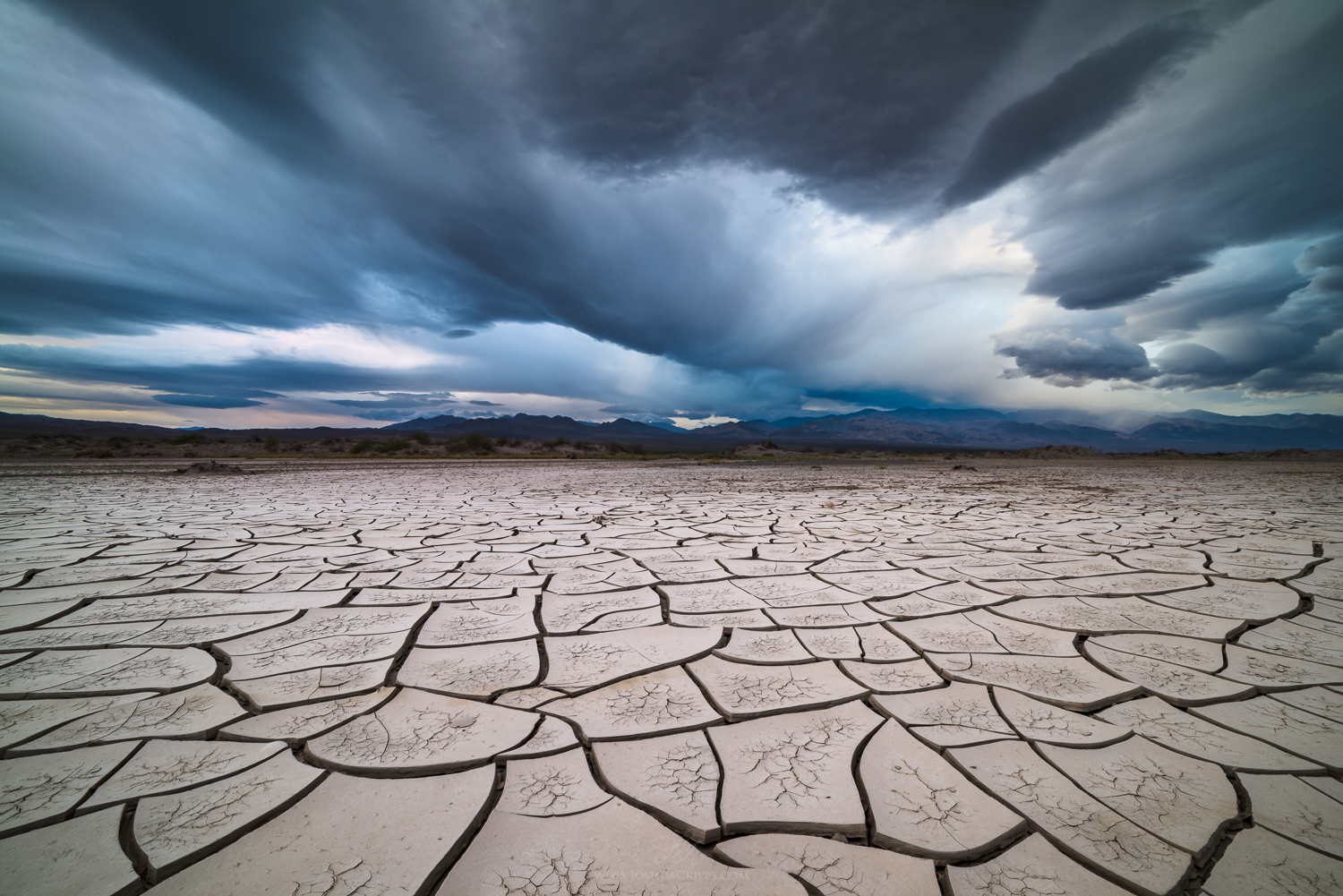
[av_heading tag=’h3′ padding=’10’ heading=’Apocalypse Wow’ color=” style=’blockquote classic-quote’ custom_font=” size=” subheading_active=” subheading_size=’15’ custom_class=” admin_preview_bg=” av-desktop-hide=” av-medium-hide=” av-small-hide=” av-mini-hide=” av-medium-font-size-title=” av-small-font-size-title=” av-mini-font-size-title=” av-medium-font-size=” av-small-font-size=” av-mini-font-size=”][/av_heading] [av_textblock size=” font_color=” color=” admin_preview_bg=”] [/av_textblock] [av_textblock size=” font_color=” color=” admin_preview_bg=”][/av_textblock] [av_two_third first min_height=” vertical_alignment=” space=” custom_margin=” margin=’0px’ padding=’0px’ border=” border_color=” radius=’0px’ background_color=” src=” background_position=’top left’ background_repeat=’no-repeat’ animation=” mobile_display=”] [av_heading tag=’h3′ […]
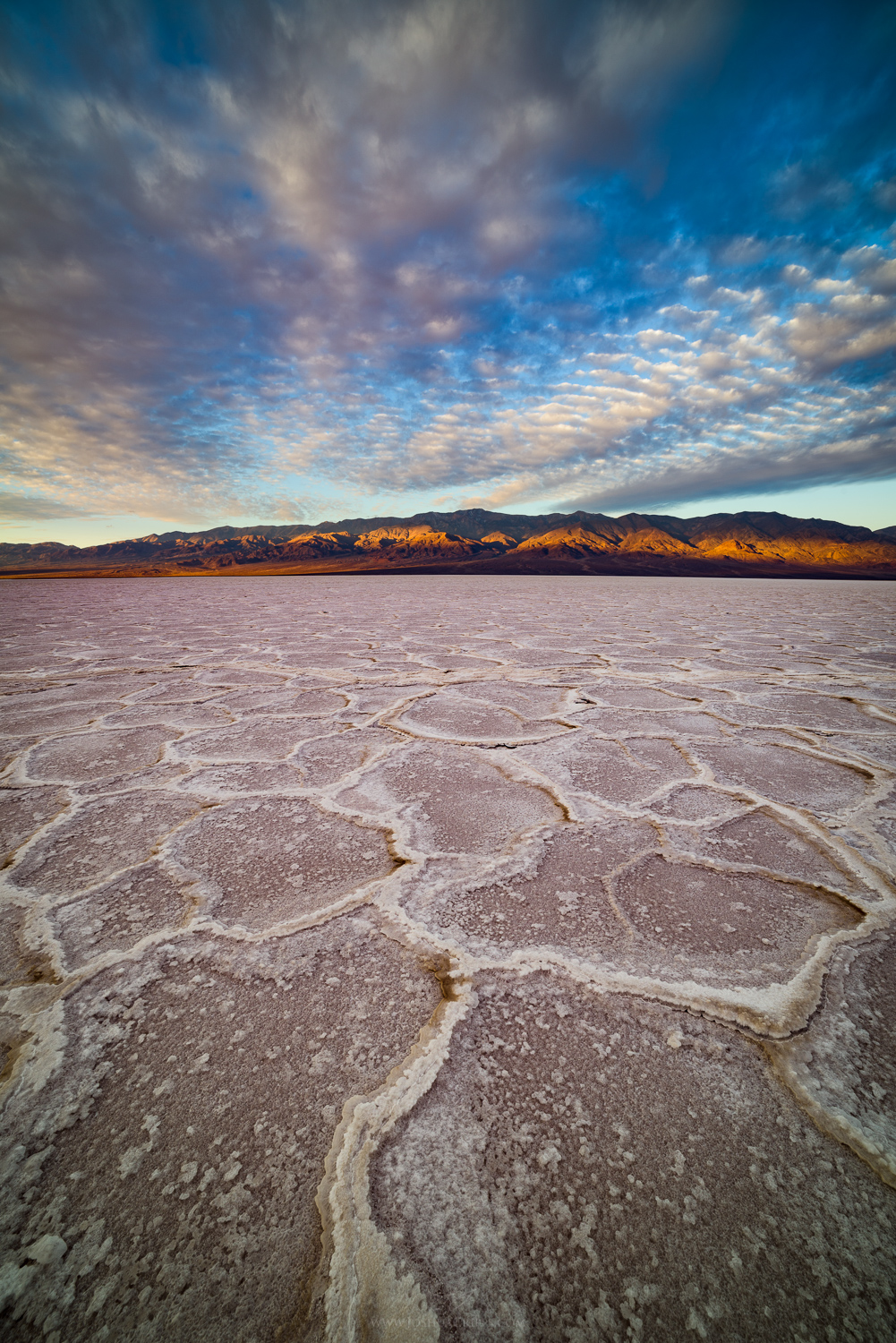
Behind the scenes of this photo Taken at Badwater Basin, Death Valley National Park , December 4th, 2015 Oh Death Valley, you bizarre bastion of badlands and briny bounty, you bake, you boil, and you bonk me on the head with your big, bold beauty. Badwater Basin, officially the hottest place on Earth. View more Death Valley […]
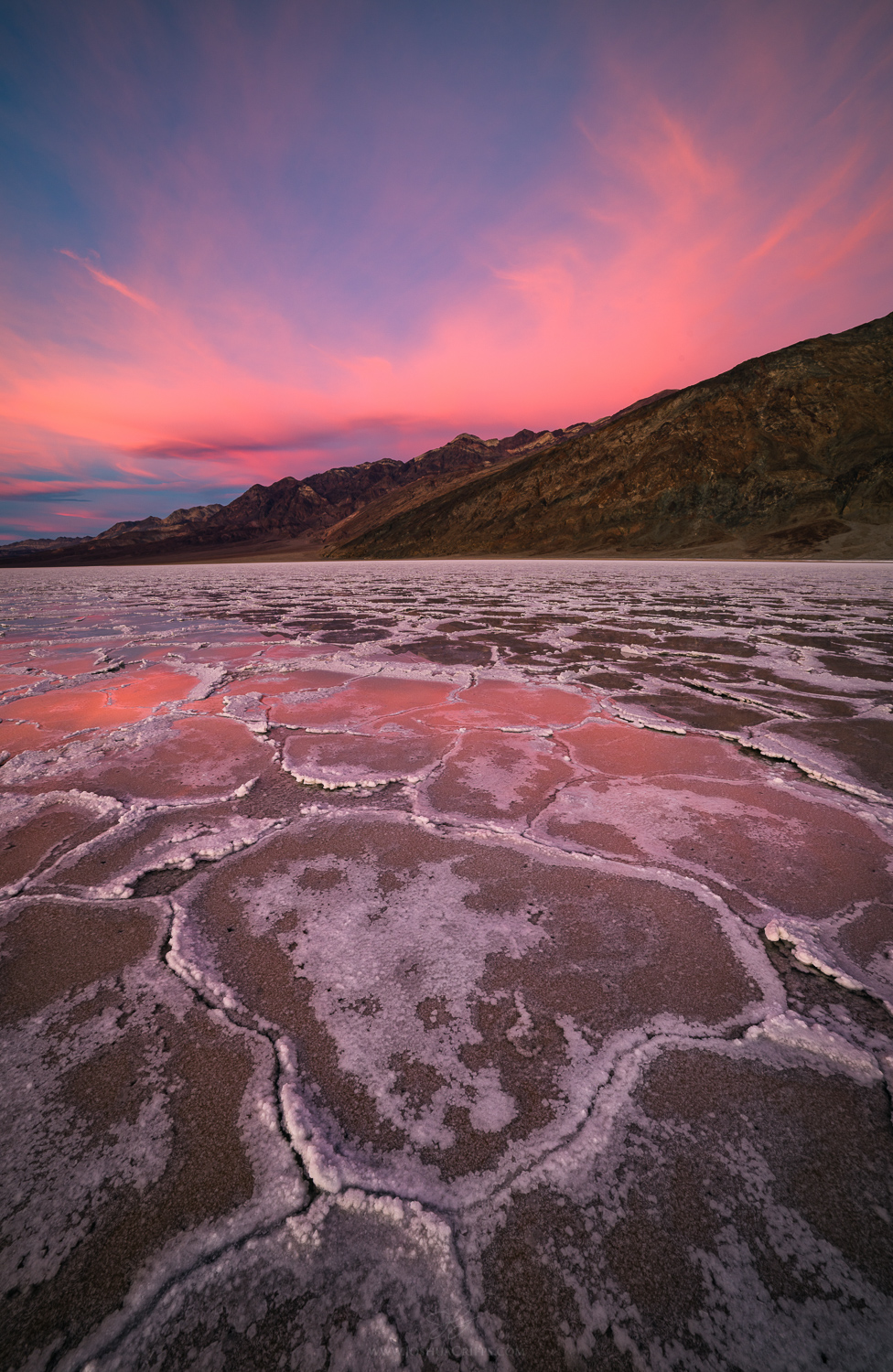
Behind the scenes of this photo Taken at Badwater Basin, Death Valley National Park , November 17th, 2015 On my way home from a desert climbing trip I stopped in Death Valley National Park. I explored a remote section of the Zabriskie area badlands and found some bizarre things, including giant rocks balanced on pillars of alluvial cement, […]
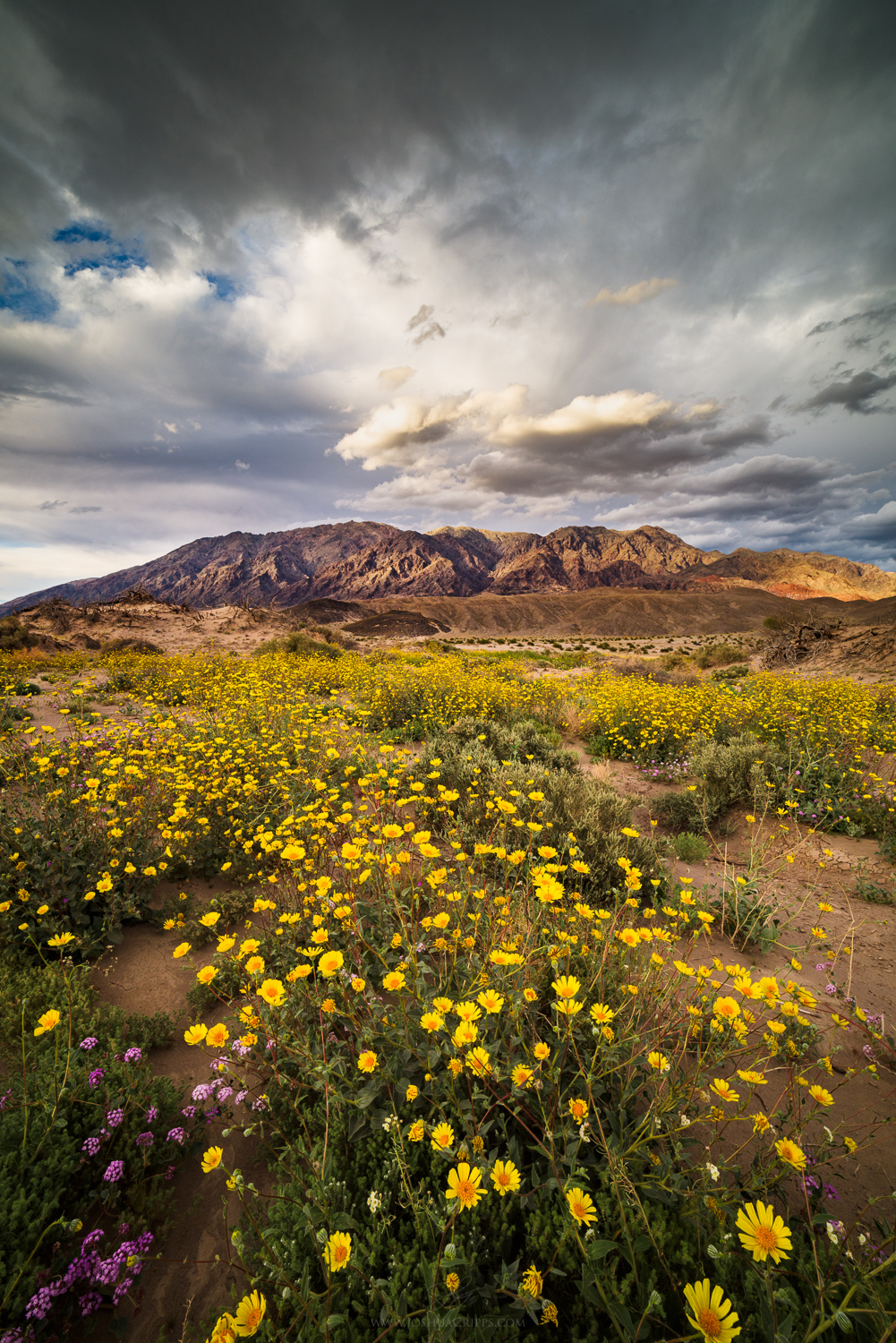
Behind the scenes of this photo Taken at Death Valley National Park, California, on March 5th, 2016 Many of you likely heard of the super bloom that happened in Death Valley National Park in California in spring of 2016. Back in October 2015 a massive amount of rain hit the park and prompted millions of little wildflower […]
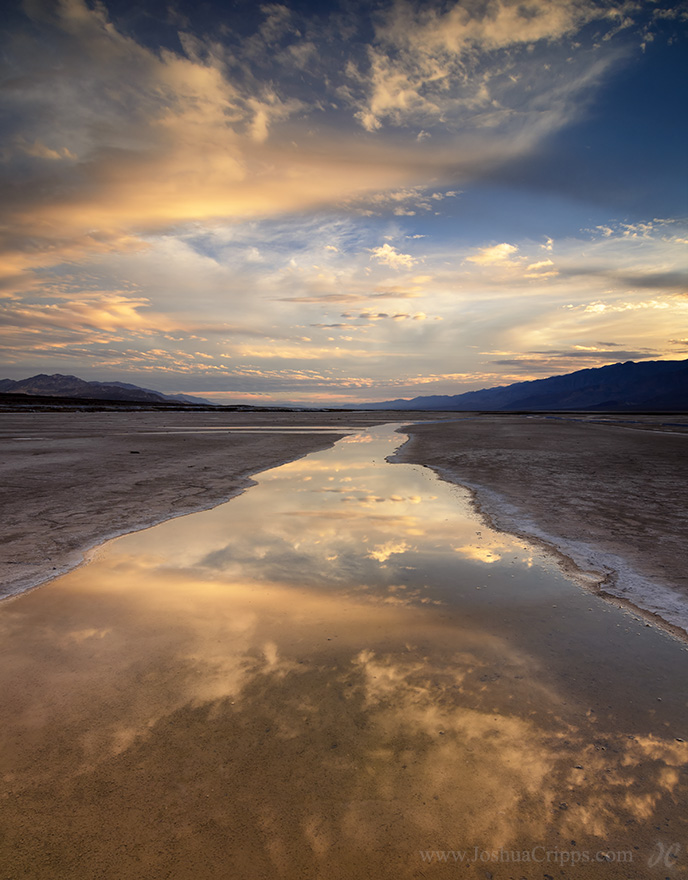
[av_hr class=’invisible’ height=’0′ shadow=’no-shadow’ position=’center’ av_uid=’av-46j5bm’][av_heading heading=’Behind the scenes of this photo’ tag=’h3′ color=’custom-color-heading’ custom_font=’#949494′ style=’blockquote classic-quote’ size=” subheading_active=” subheading_size=’15’ padding=’0′ av_uid=’av-79m0y’][/av_heading] Taken in the Cottonball Basin, Death Valley National Park, on November 15th, 2012 This is not a complicated photo. There are no grandiose snow-capped mountains in the distance. There are no auroras in […]
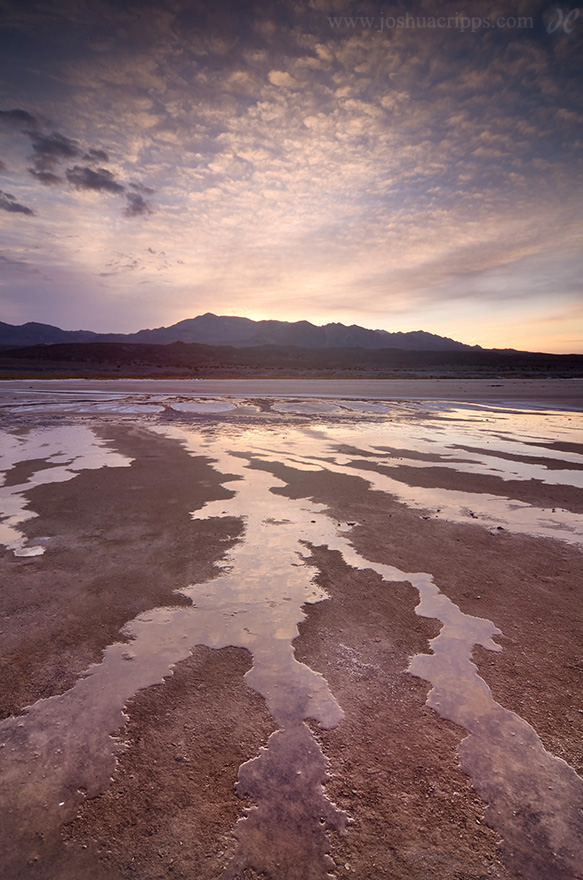
[av_hr class=’invisible’ height=’10’ shadow=’no-shadow’ position=’center’ av_uid=’av-47cpxz’][av_heading heading=’Behind the scenes of this photo’ tag=’h3′ color=’custom-color-heading’ custom_font=’#949494′ style=’blockquote classic-quote’ size=” subheading_active=” subheading_size=’15’ padding=’0′ av_uid=’av-226xxz’][/av_heading] Taken in the Cottonball Basin of Death Valley National Park on February 21st, 2013 In February 2013 I had the great fortune to be caught in a rainstorm in Death Valley, a pretty […]
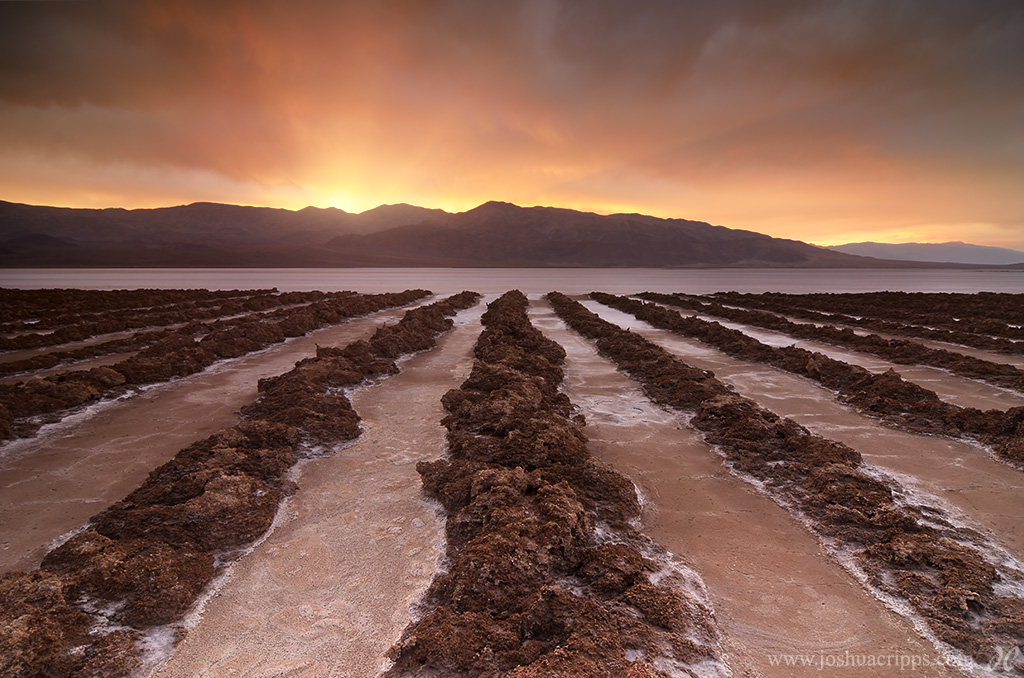
[av_hr class=’invisible’ height=’10’ shadow=’no-shadow’ position=’center’ av_uid=’av-47bv2m’][av_heading heading=’Behind the scenes of this photo’ tag=’h3′ color=’custom-color-heading’ custom_font=’#949494′ style=’blockquote classic-quote’ size=” subheading_active=” subheading_size=’15’ padding=’0′ av_uid=’av-244tda’][/av_heading] Taken in the salt marsh a mile or so west of Mustard Canyon in Death Valley National Park on February 19th, 2013 Here’s a little history I recently learned: borax was heavily mined […]













